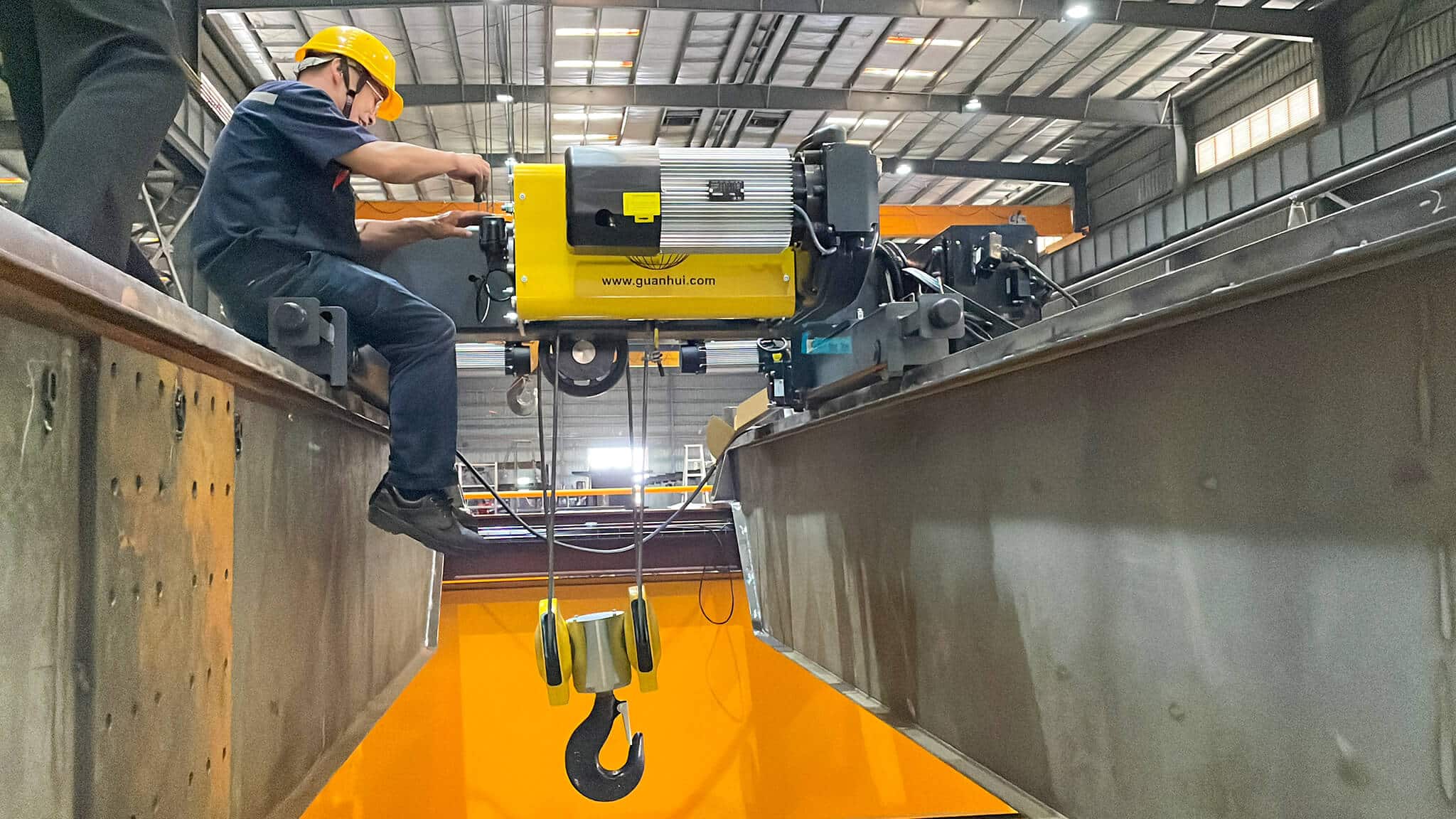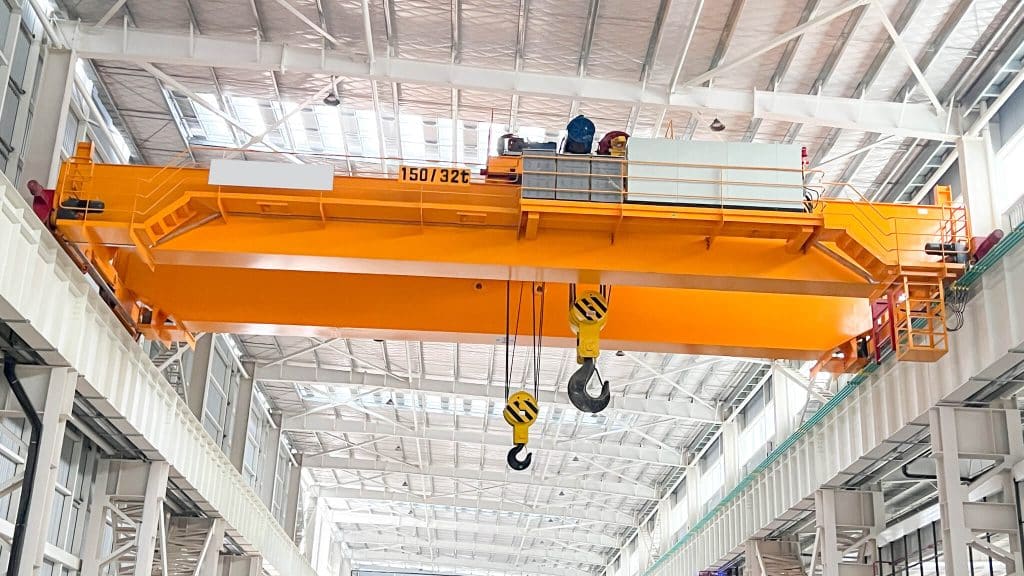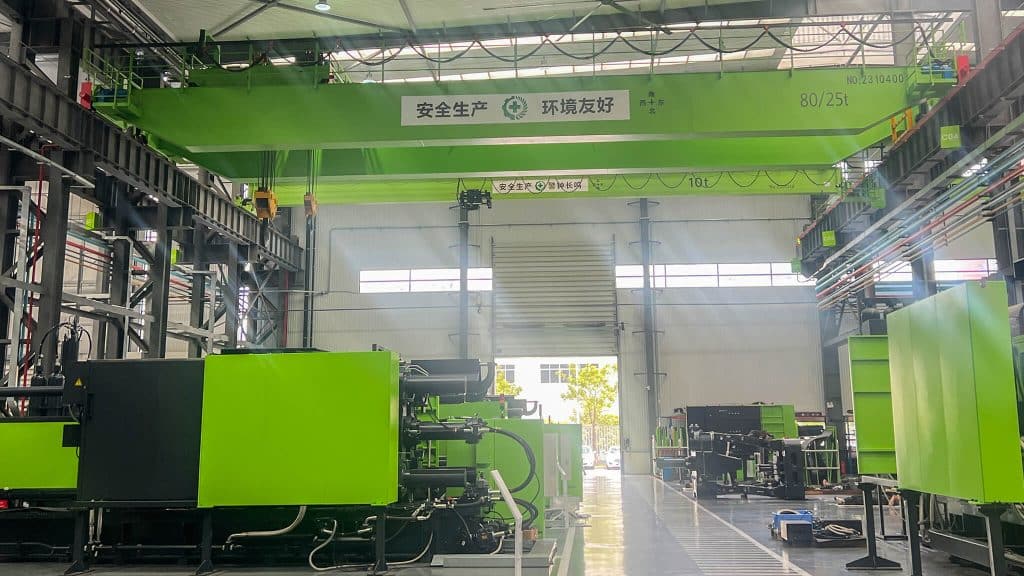Crane Understanding Load Testing and Its Importance is essential for ensuring that lifting equipment can safely handle heavy loads. This process not only protects workers but also helps companies avoid costly accidents and repairs. Crane Understanding Load Testing and Its Importance goes beyond just safety—it also delivers significant time and cost savings. For example, the table below highlights that effective load testing and certification can make inspections 37% faster and reduce costs by 36%.
| Metric | Value | Description |
|---|---|---|
| Inspection and Testing Speed | 37% | Faster crane inspection and testing with certification |
| Cost Efficiency | 36% | Savings from timely crane certification and load testing |
Crane Understanding Load Testing and Its Importance
Crane Understanding Load Testing and Its Importance means checking if a crane can lift heavy things safely. This test uses special weights, sometimes up to 125% of what the crane is supposed to lift. The main goal is to make sure the crane works right and does not break or show any problems.
Their workers use modern tools and follow strict steps to check every crane. They can test cranes that lift up to 200 tons, so they work with many types of cranes.
Crane Understanding Load Testing and Its Importance includes different kinds of tests:
- Proof load tests use extra weight to check the crane’s strength.
- Functional load tests see if the crane can move and work like it should.
- Ultimate load tests find out the most weight the crane can hold before it breaks.
- Cyclical fatigue tests check how the crane handles being used over and over.
The testing process starts with getting ready and planning. Workers lift and move the test weight while watching the crane closely. Only trained people do these tests, and they write detailed reports for each one.
| Aspect | Details |
|---|---|
| Load Percentages | 100%, 110%, and 125% of the crane’s rated capacity |
| Types of Tests | Static, Dynamic, Commissioning, Overload, Deflection, Emergency Stop |
| Test Procedures | Inspection, load identification, safety briefing, lifting, moving, monitoring, evaluation, certification |
| Crane Types | Monorails, Mobile Cranes, Tower Cranes, Bridge/Gantry Cranes, Vehicle-Mounted Cranes |
| Testing Frequency | Initial, periodic, post-repair/modification |
| Personnel & Documentation | Qualified testers, detailed records, certification reports |
Crane Understanding Load Testing and Its Importance makes sure every step follows the right rules. This careful work helps stop problems before they start.
Why Load Testing Matters
Crane Understanding Load Testing and Its Importance is very important for keeping people and equipment safe. Load testing checks that cranes can lift what they should without danger. Doing these tests often helps stop accidents and keeps work moving.
- Load testing finds weak spots before they cause trouble.
- Good testing and records help businesses avoid fines and legal trouble.
- Clear paperwork makes it easy to check and review tests.
- Regular testing helps cranes last longer by finding problems early.
Their team uses checked equipment and follows safety steps. Every test is written down, and reports are ready to see. This way, companies can trust their cranes and keep everyone safe.
Crane Understanding Load Testing and Its Importance is more than just following rules. It helps build a safe and reliable workplace. Companies that do regular load testing show they care about safety and their workers. and support.
When Is Load Testing Required
New Installations
New cranes and hoists need a load test before use. This test checks if the crane can lift its rated load safely. Sometimes, the test uses even more weight than normal. This is called a Commissioning Load Test. It helps show the crane works right in real situations.
- Load testing for new cranes checks the highest safe load.
- Testing with extra weight shows how the crane handles hard jobs.
- Written reports from these tests must be kept as long as the crane is used.
How Load Testing Is Performed
Preparation Steps
Before a crane load test, the team gets ready. They check the equipment and the area. Experts look at the crane’s records and manuals. They search for leaks, loose parts, or control problems. Next, they make sure testing devices are correct. The team compares each device to a standard. If there are differences, they fix them. Reports show the numbers before and after fixing. This makes sure all measurements are right.
Qualified workers sort equipment into two groups. Some are critical, and some are not. They follow a set schedule to check devices. This is important after repairs or heavy use. Uses special tools for each crane type. The team writes down every check and keeps records for later. Safety steps include making safe zones and checking permits and plans.
Test Execution
During the test, Uses heavy weights or water bags. The choice depends on the crane’s size and where it is. Their test tower can check cranes up to 200 tons. For jobs at other places, they use rental weights.
The team follows these steps: First, they check all lifting gear. Then, they put on loads up to 125% of what the crane should lift. They test lifting, lowering, and moving the crane. They check safety switches by making the empty hook move faster. They listen and watch for strange sounds or moves. They use hand signals and make sure loads are safe before lifting. They write down everything they do and see.
They keep both digital and paper records of all tests.
Post-Test Actions
After the test, the team looks at all the results. They study the data to find problems or patterns. If they see something wrong, they fix it right away. The team updates records and tells the company what they found. This helps stop future problems and keeps cranes safe.
Careful records help companies follow the rules. Their reports help track crane history and plan repairs. Regular checks and updates keep cranes safe for everyone at work.
Safety and Compliance
Regular load testing helps keep everyone safe and follows the rules. It helps companies find weak or broken parts before they cause problems. Says equipment safety is one of the top ten most common violations. When companies test cranes the right way, they lower the chance of accidents and injuries.
| Statistic Description | Data Point / Percentage |
|---|---|
| Nonfatal workplace injuries and illnesses in 2023 | Over 2.6 million reported |
| Average cost of a workplace injury | Approximately $43,000 |
| Crane-related fatalities due to rigging failures | 60% of crane-related deaths |
| Impact of routine inspections and load testing | Significant reduction in equipment failure and incidents |
Equipment Reliability
Regular load testing helps cranes last longer and break down less. Testing puts heavy loads on cranes to find cracks, loose bolts, or worn parts early. This lets companies fix things before they get worse. Load testing also checks safety features like limit switches and brakes to make sure they work.
- Finding problems early means fewer breakdowns.
- Regular test data makes maintenance easier.
- Cranes last longer and work better, saving money.






